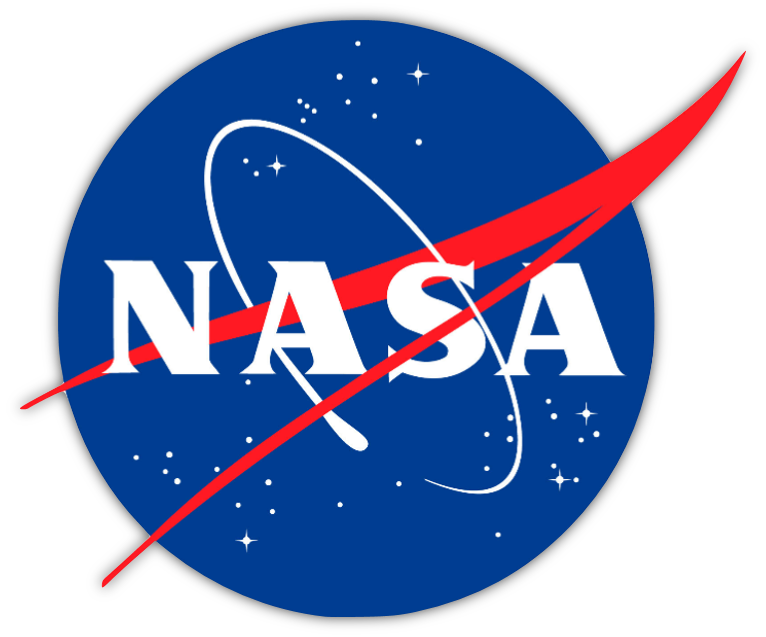
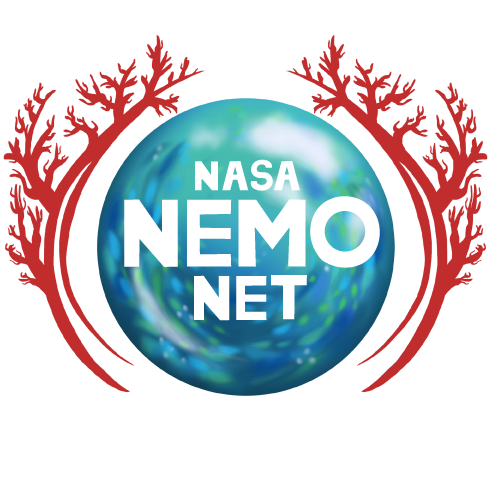
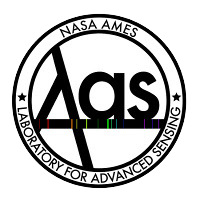



What is NeMO-Net?
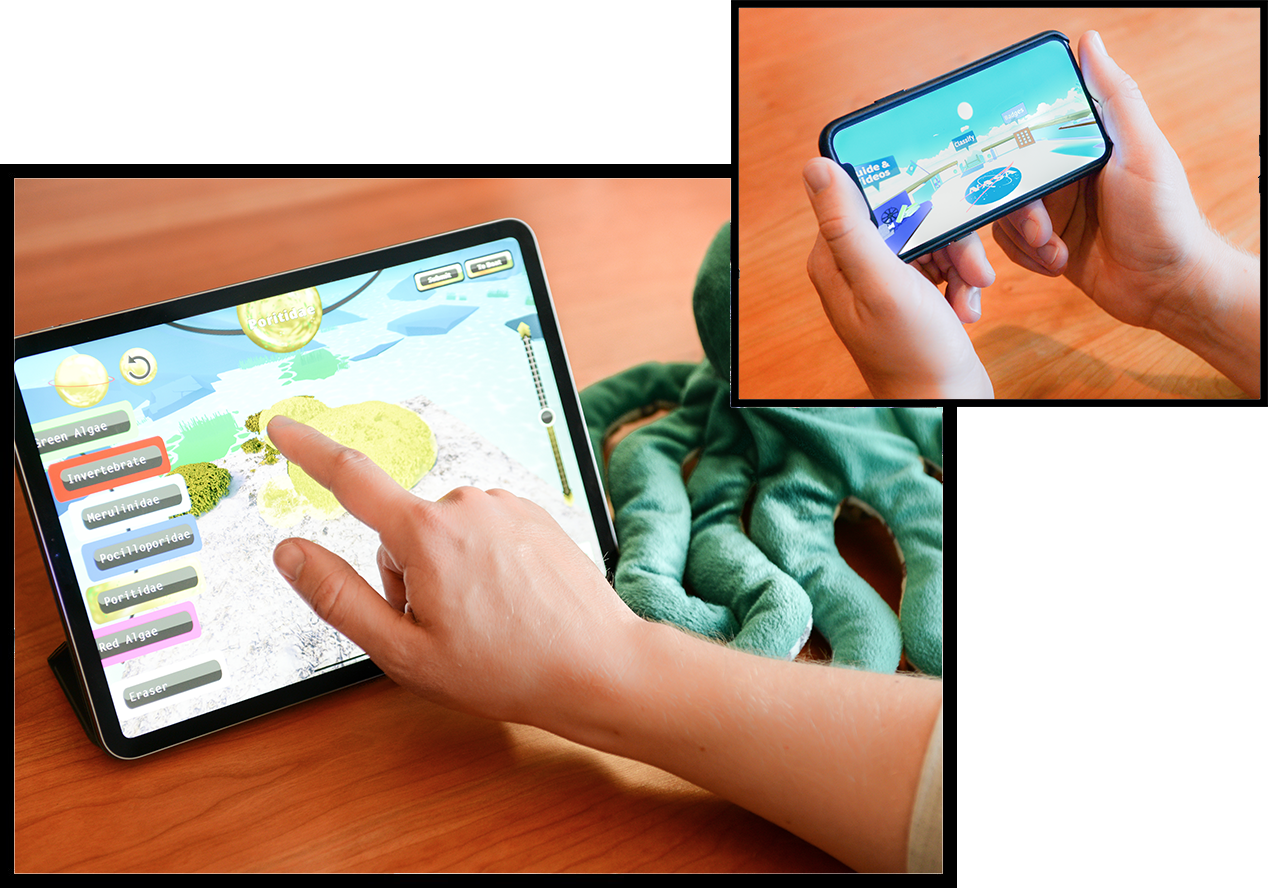
new enabling technologies
Changing Marine Environments
The search for biogenic markers
With more forthcoming
Next-Generation Optical Sensing Technologies for Exploring Ocean Worlds - NASA FluidCam, MiDAR, and NeMO-Net.
NeMO-Net – Gamifying 3D Labeling of Multi-Modal Reference Datasets to Support Automated Marine Habitat Mapping
NASA NeMO-Net’s Convolutional Neural Network: Mapping Marine Habitats with Spectrally Heterogeneous Remote Sensing Imagery.
Cloud Detection Algorithm for Multi-Modal Satellite Imagery using Convolutional Neural-Networks (CNN).
Fluid Lensing and Machine Learning for Automated Centimeter-Resolution Airborne Assessment of Coral Reefs in American Samoa without Ocean Wave Distortion.
Drones that See through Waves – Preliminary Results from Airborne Fluid Lensing for Centimetre-Scale Aquatic Conservation.
Coral reef video game will help create global database.
Drone takes to the skies to image offshore reefs.
Learning Instrument Invariant Characteristics for Generating High-resolution Global Coral Reef Maps.
System and method for imaging underwater environments using fluid lensing.
System and method for active multispectral imaging and optical communications.

Principal Investigator

Co-Investigator

Co-Investigator

Co-Investigator

Co-Investigator
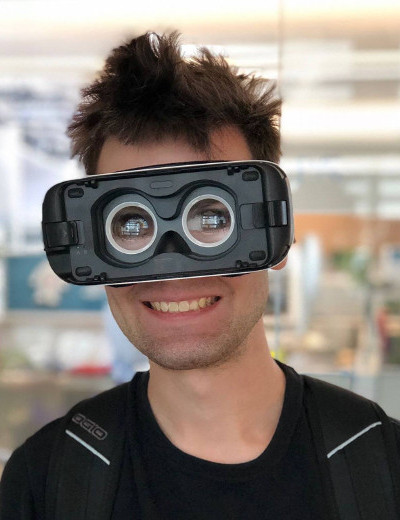
Game Developer

Game Designer
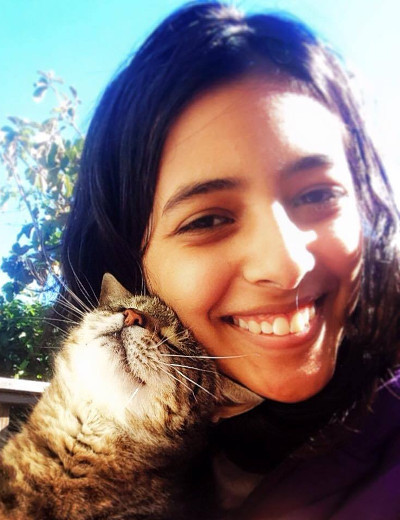
Game Designer

Game Developer
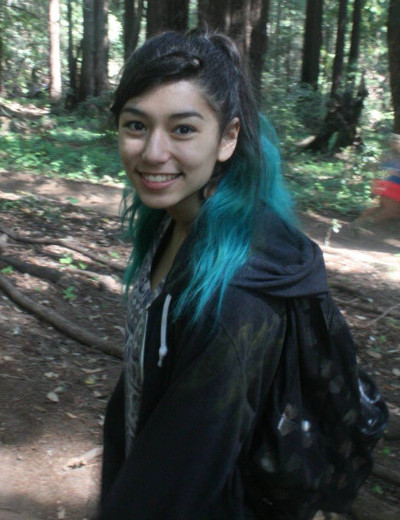
Game Artist

Game Artist
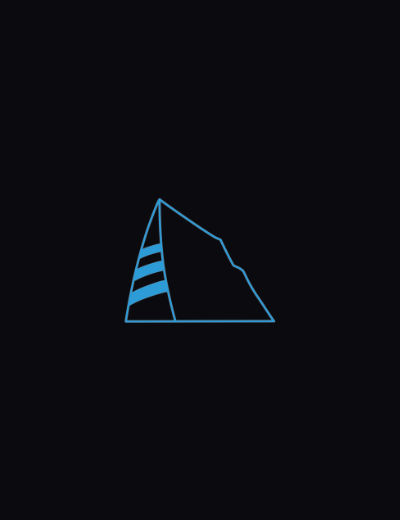

Game Artist

Collaborator

Collaborator
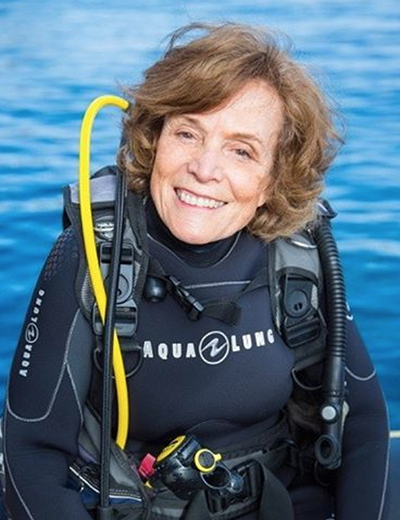
Collaborator

Collaborator

Machine Learning Engineer